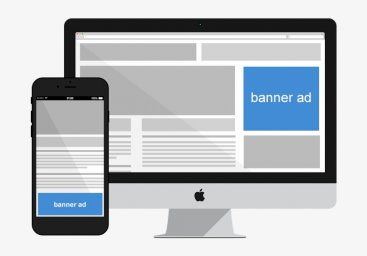Inside the ever-evolving landscape of online marketing, push advertising has emerged as a prominent strategy for businesses planning to reach their target audience effectively. Push advertising involves proactively delivering promotional prepared to users without their explicit request, often interrupting their online experience. While this approach has garnered some criticism for the intrusive nature, when executed thoughtfully, it may yield significant benefits for both businesses and consumers.
At its core, push advertising relies upon delivering messages directly to consumers through various channels including email, mobile notifications, social media marketing, and display ads. Unlike pull advertising, where consumers actively seek out information, push advertising places the brand's message while watching consumer, often when they're engaged in alternative activities online. This proactive outreach aims to capture attention, generate brand awareness, and prompt immediate action in the audience.

Among the key benefits of push advertising is its ability to target specific demographics, interests, and behaviors with precision. Through data analytics and advanced targeting algorithms, advertisers can tailor messages to resonate with the preferences and requirements of their audience. This personalized approach boosts the likelihood of engagement and conversion, because the content is relevant and timely for the consumer.
Push advertising is specially effective in driving immediate actions, for example website visits, app downloads, or product purchases. By leveraging persuasive messaging and compelling calls-to-action, businesses can produce a sense of urgency or exclusivity, motivating consumers to take desired actions promptly. This real-time interaction fosters a primary connection between the company and the consumer, facilitating instant gratification and fulfillment of needs.
Moreover, push advertising enables continuous engagement using the audience throughout the customer journey. By delivering relevant updates, promotions, and reminders, businesses can nurture relationships with existing customers and encourage repeat purchases or loyalty. Through drip campaigns, sequential messaging, and retargeting efforts, brands can maintain top-of-mind awareness and sustain ongoing communication making use of their audience.
However, despite its usefulness, push advertising must be approached carefully to avoid alienating consumers and causing ad fatigue. Overly aggressive or irrelevant messaging can result in negative perceptions of the brand and bring about opt-outs or unsubscribes in the audience. Therefore, it's crucial for businesses to strike an account balance between frequency, relevance, and value in their push advertising efforts.
Additionally, with all the growing focus on privacy and data protection, advertisers must prioritize transparency and consent inside their push advertising strategies. Respecting user preferences and providing clear opt-in/opt-out mechanisms not just ensures compliance with regulations but also fosters trust and credibility with consumers.
In summary, push advertising works as a strategic tool for businesses to engage, persuade, and convert their audience in today's digital ecosystem. By delivering targeted messages directly to consumers, businesses can drive immediate actions, nurture relationships, and gaze after brand visibility through the customer journey. However, successful implementation requires a nuanced understanding of audience preferences, ethical considerations, and recurring optimization to provide value while respecting consumer privacy and preferences.
Comments on “Understanding Push Advertising: A Strategic Marketing Approach”